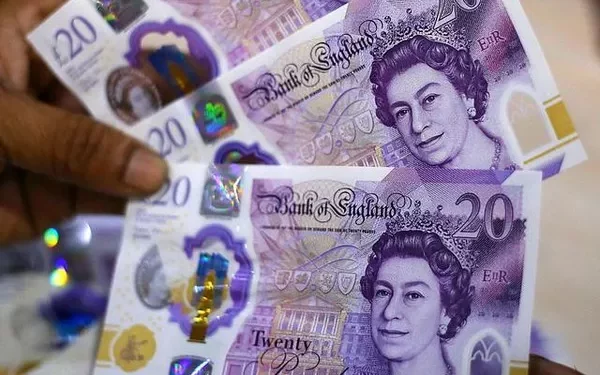The GBP/USD pair has fallen for the third consecutive session, trading around 1.3160 during the Asian trading hours on Friday. This decline is attributed to the strengthening US Dollar (USD), bolstered by stronger-than-expected economic data released on Thursday. Market participants are now awaiting the July US Personal Consumption Expenditure (PCE) Price Index, which is set to be released later in the North American session.
US Gross Domestic Product (GDP) for the second quarter grew at an annualized rate of 3.0%, surpassing both the forecast and the previous growth rate of 2.8%. Additionally, Initial Jobless Claims decreased to 231,000 for the week ending August 23, down from 233,000 the previous week and slightly below the expected 232,000.
Despite the positive economic data, dovish comments from Federal Reserve officials could limit further gains for the USD. Federal Reserve Atlanta President Raphael Bostic suggested on Thursday that it might be “time to move” on rate cuts due to cooling inflation and a higher-than-expected unemployment rate. However, Bostic emphasized the need for confirmation from upcoming monthly jobs and inflation reports before making decisions at the Fed’s September meeting.
The Pound Sterling (GBP) may face limited downside, as traders expect the Bank of England (BoE) to maintain higher interest rates for a longer period compared to the US Federal Reserve. The BoE lowered rates by 25 basis points to 5% on August 1, and money markets are anticipating an additional 40 basis points of cuts by the end of the year.
In his speech at the Jackson Hole Symposium last week, BoE Governor Andrew Bailey noted that the impact of inflationary pressures is expected to be less severe than previously thought. However, Bailey cautioned against rushing into further interest rate cuts, according to Reuters.
Related Topics:




























